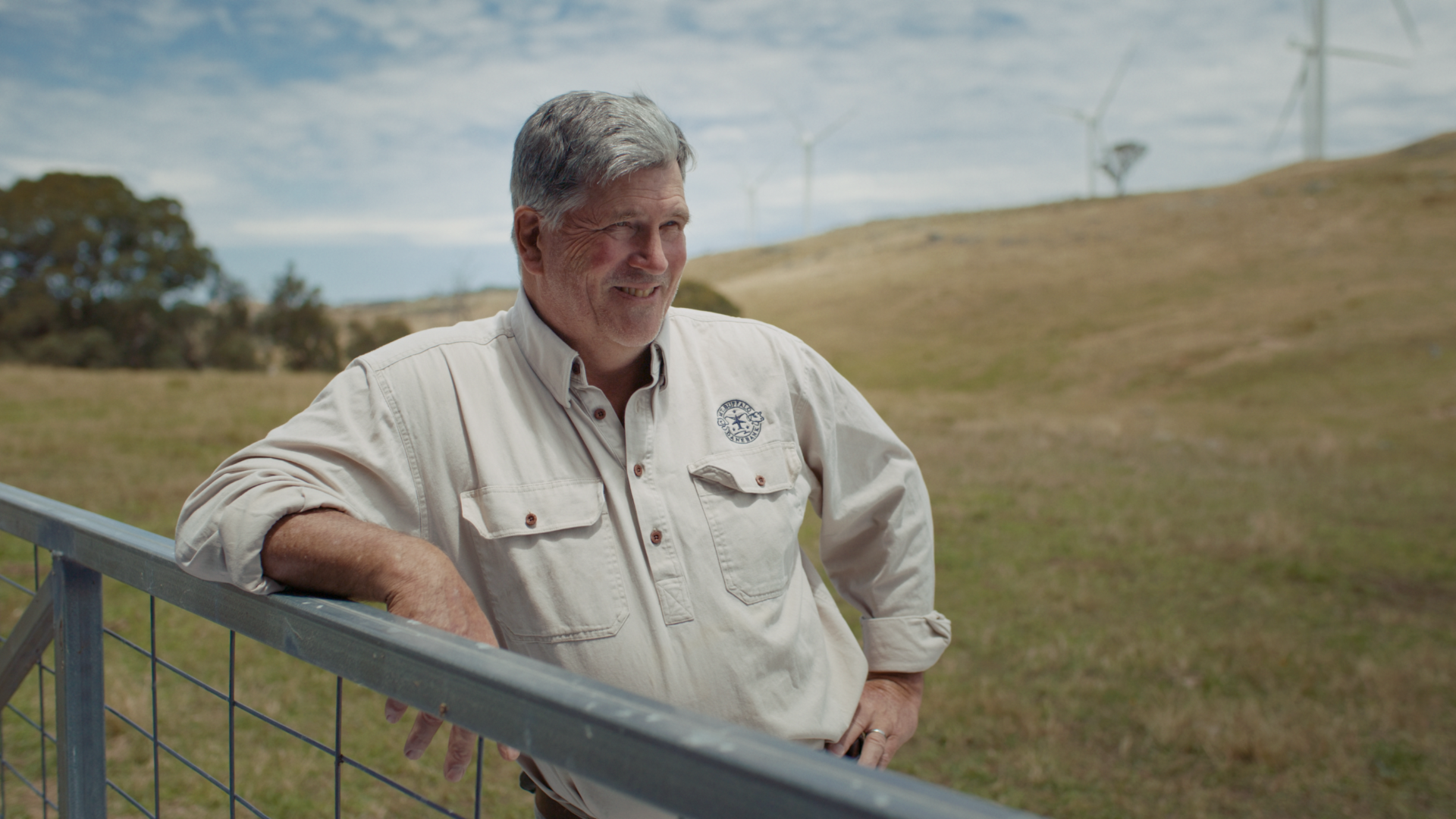Farmers and regional communities are now in the driver's seat when it comes to planning and preparing for what happens when renewable energy projects approach the end of their life.
Created by the Renewable Energy Alliance (RE-Alliance), this new toolkit provides clear, factual information to help landholders, communities and local councils understand what happens when projects reach retirement age.
RE-Alliance is an independent not-for-profit that has been working for more than a decade with regional communities at the centre of the shift to renewables.
When a renewable energy project approaches the age of retirement, there are three possible paths forward. The first two options actually extend a project's operational life rather than ending it completely:
- Refurbishment: Extending a project's life by replacing worn components with newer parts.
- Repowering: Completely replacing all equipment on an existing site with newer, more efficient technology, including the potential to add storage or other technology.
- Decommissioning: Dismantling and removing all equipment from an existing property, then rehabilitating the site, as agreed with the landholder.
RE-Alliance National Director Andrew Bray said the toolkit is necessary now because renewable energy has been part of Australia's energy mix for decades.
"After nearly 40 years, some of the earliest projects are approaching retirement age, with more set to follow in the coming years. This presents an important opportunity for Australia to consider how we manage the next chapter," Mr Bray said.
A supporter of the toolkit is Kangiara (NSW) mixed livestock, cattle and fine wool breeder, Tom Gunthorpe. Tom is host to nine wind turbines and was part of a farmer group who negotiated a decommissioning fund with the wind farm owner to cover end of project costs.
"Our decommissioning fund provides peace of mind to eliminate any financial exposure to the landholders, however it's going to be a long time before these things will be dismantled. We've got infrastructure here that could last a hundred years with correct maintenance and an upgrade path," Mr Gunthorpe said.
"I strongly believe that where existing projects have been built and accepted by the community and have the surrounding infrastructure in place, lets leverage off this for the future rather than starting from scratch again," he said.
Fifth-generation Wimmera Southern Mallee (Victoria) farmer Craig Henderson said the toolkit is an invaluable resource for farmers thinking about hosting wind, solar or battery projects.
"We've got a lot of renewable energy development happening in our region and there's confusing information flying around. As a potential wind farm host, I'd like to see this kind of thing sitting in newsagents and post offices and pubs all over the country so people can get the facts," Mr Henderson said.
National Director of RE-Alliance Andrew Bray said "we created this toolkit because as interest in renewables continues to grow, communities and landholders want to know what happens when a project reaches retirement age.
"This infrastructure becomes part of their landscape and livelihoods for decades, and locals want clear information about what will happen when the project's life ends," Mr Bray said.
The toolkit, titled 'Refurbishment, repowering or retirement. What happens when renewables approach end of life?' can now be accessed at the RE-Alliance website, here.







